Today (April 13, 2021) marks the 102nd Anniversary of one of the most baffling and monstrous events in the histroy of India, The Jallianwala Bagh Massacre also known as the Amritsar Massacre.
And we need to talk about it.
And we need to talk about it.
It took place on 13th April, 1919 when British General Dyer open-fired on innocent civilians who had gathered to celebrate a festival, Baisakhi at the Jallianwala Bagh, in Amritsar, Punjab, India.
Due to already growing tensions in Punjab, the British had declared Punjab as a martial state imposing laws prohibiting assemblies of more than 4 people. This news was not disseminated and many villages did gather together to celebrate Baisakhi and peacefully protest.
People had gathered at the Jallianwala Bagh for the same reasons, to celebrate Baisakhi, discuss more about how to protest peacefully. Pilgrims on their way home from Harminder Sahib (The Golden Temple) were also passing through the Bagh (garden).
The below map shows you the layout of the Bagh indicating that the British soldiers had blocked the biggest gate out of the Bagh, one was closed and another was too narrow for many people to go through in a short amount of time.
Airplanes flying over the Bagh estimated the crowd to be of 6,000 people but by the time of the shooting, the numbers had went up to around 10,000 to 20,000. The British authorities did not attempt to stop the gathering or disperse them peacefully, directly choosing violence.
At about 5:30 in the evening, Dyer ordered his troops to open fire at the densest parts of the crowd as they tried to escape from the narrow exits. They fired for 10 minutes and only stopped when they ran out of ammunition. They fired 1650 rounds!
The people were shot and injured by the bullets, trampled by the crowd, many jumped into the well at the park hoping to elude the bullets and drowned. The wounded could not move as curfew was imposed later and many died through the night.
The number of casualties is disputed, with varying numbers of the dead. Initially, the number of dead amounted to 379 but since the official numbers were obviously flawed given the number of people present, the Indian Congress estimated the numbers to about 1,000 deaths.
The crowd was anywhere between 10,000 to 20,000 people. (Estimated) The dead at around 1,000 and the injured at 1,500. The youngest victim being 6 weeks old. According to the inscription on the Martyrs& #39; Well (as it& #39;s now called), 120 bodies were recovered from the well.
The baffling part is the level of casual brutality and the lack of accountability which angered the nation. General Dyer was only retired from his post as a result of the massacre as it was done on orders and stayed in Britain with no regret and no real consequences.
Later, Dyer also stated that he "did as his duty saw it" and justified his act as "was not to disperse the meeting but punish the Indians for their disobedience" and was unrepentant of his actions in the massacre.
Even after a 100 years, India has yet to receive a formal apology from the British Government despite many British leaders visiting the Jallianwala Bagh after.
Jallianwala Bagh has been transformed into a museum today commemorating the lives lost in the massacre. One can still see the original walls of the Bagh with bullet marks on it, the Martyrs& #39; Well and the Jallianwala Bagh Memorial.
As a Hindu Punjabi myself, brought up in India, this incident saddens me and million others all around the country, even today.
I hope this thread educated you more on the topic. You can comment any questions or doubts ~ Maisha https://abs.twimg.com/emoji/v2/... draggable="false" alt="💫" title="Symbol für Benommenheit" aria-label="Emoji: Symbol für Benommenheit">
https://abs.twimg.com/emoji/v2/... draggable="false" alt="💫" title="Symbol für Benommenheit" aria-label="Emoji: Symbol für Benommenheit">
I hope this thread educated you more on the topic. You can comment any questions or doubts ~ Maisha

 Read on Twitter
Read on Twitter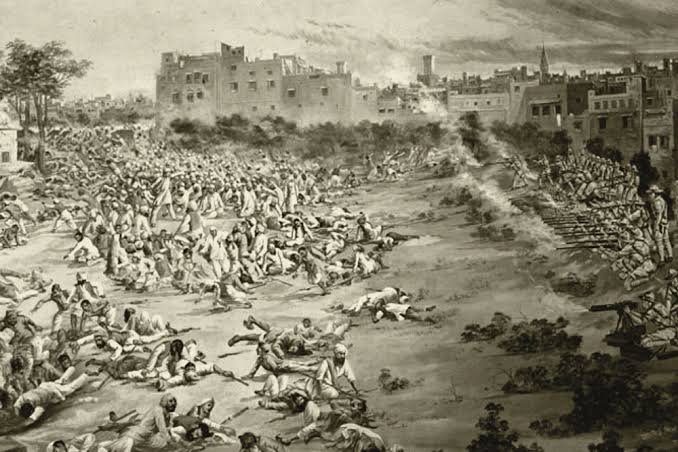
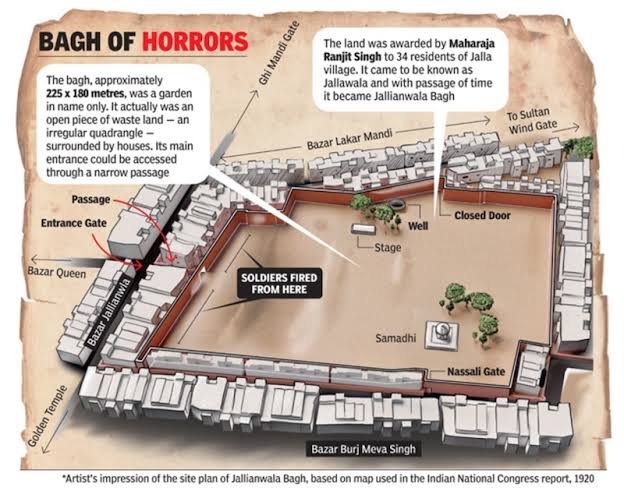
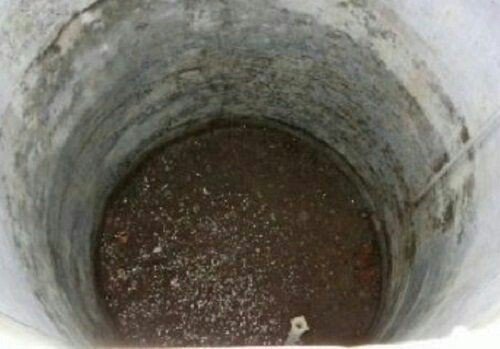
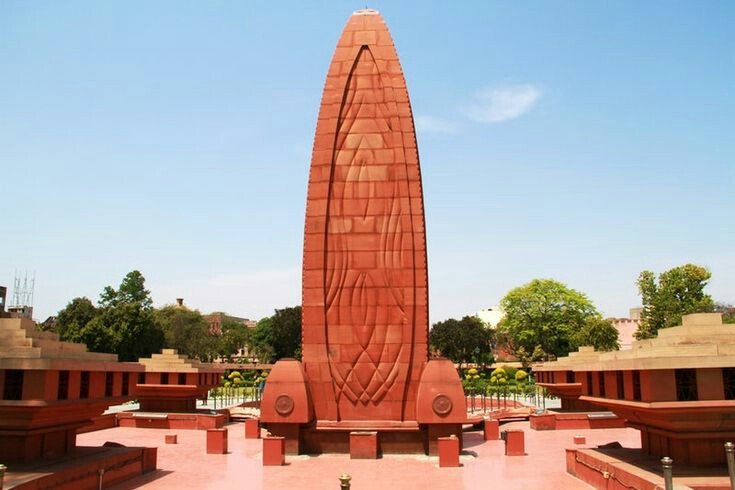
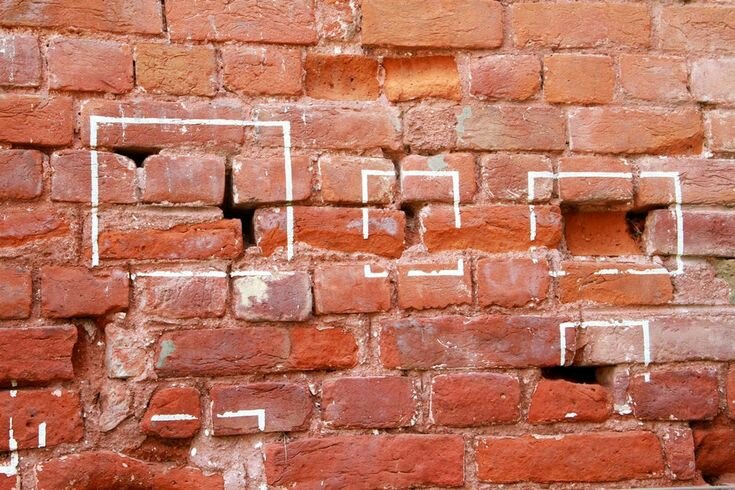
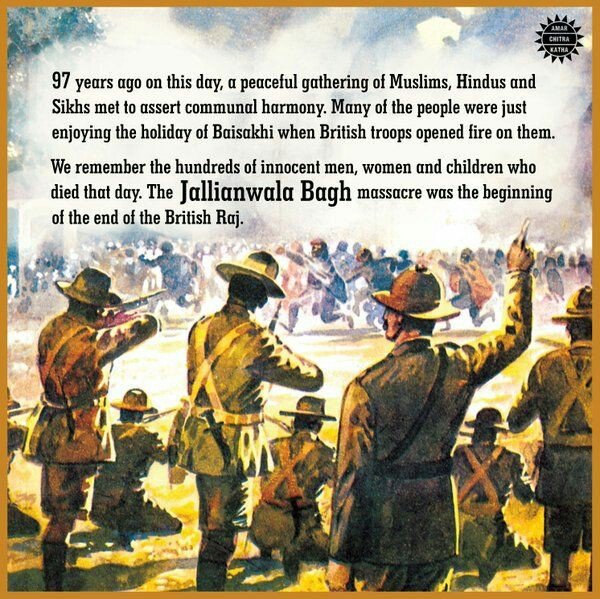 " title="As a Hindu Punjabi myself, brought up in India, this incident saddens me and million others all around the country, even today. I hope this thread educated you more on the topic. You can comment any questions or doubts ~ Maisha https://abs.twimg.com/emoji/v2/... draggable="false" alt="💫" title="Symbol für Benommenheit" aria-label="Emoji: Symbol für Benommenheit">" class="img-responsive" style="max-width:100%;"/>
" title="As a Hindu Punjabi myself, brought up in India, this incident saddens me and million others all around the country, even today. I hope this thread educated you more on the topic. You can comment any questions or doubts ~ Maisha https://abs.twimg.com/emoji/v2/... draggable="false" alt="💫" title="Symbol für Benommenheit" aria-label="Emoji: Symbol für Benommenheit">" class="img-responsive" style="max-width:100%;"/>


